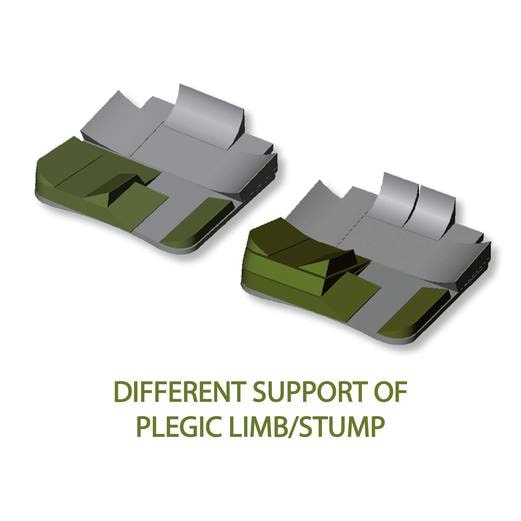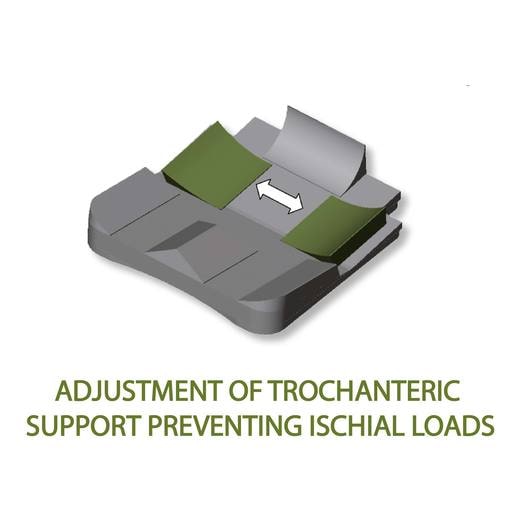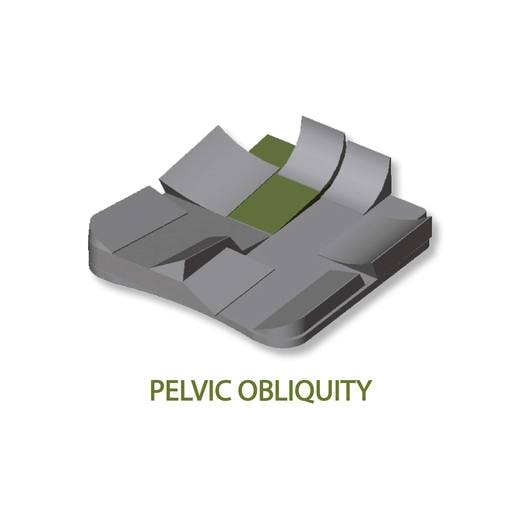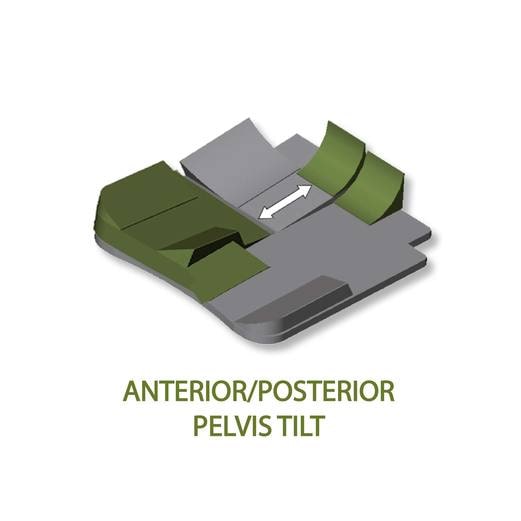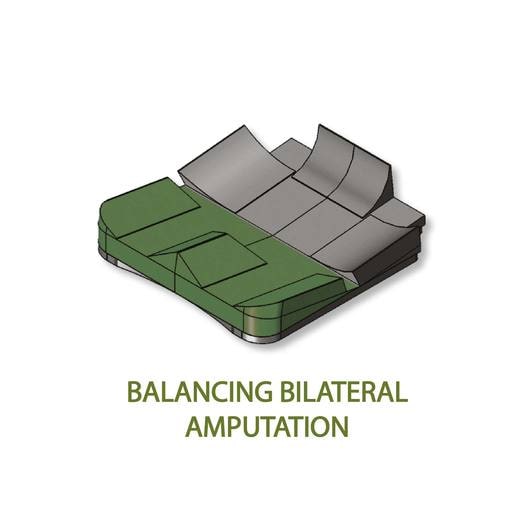Documentation

Clinical information
- Those who have mild leg length discrepancies, wind swept, pelvic obliquity, pelvic rotations, posterior and anterior pelvis tilt, adduction/abduction limitations, flexion/extension, inward/outward rotation of the legs;
- Those who need pelvis alignment and/or stabilisation on frontal/sagittal/transvers plane;
- Those who need ischial/trochanteric/coxxygeal suspension;
- Those having a medium/high risk to develop decubitus sores;
- Those who need to balance the leg/pelvis/rachis/ relationship system in order to distribuite the body pressure and to improve the functions;
- Those who need postural alignment in order to improve the control of the trunk to maximize the function of the superior limbs (i.e. propelling);
- Those who need postural alignment in order to stabilise the pelvis, the plegic limb and the trunk to maximize the propelling function (i.e. foot propelling);
- Those who need to balance the antero-posterior, lateral and/or bilateral body loads (i.e. fixity of the hip, lateral/bilateral amputation).
Particularly performing for...
✓ BRAIN INJURIES (EX. STROKE)
✓ TRAUMATIC ORIGIN INJURIES AND NOT (EX. INCOMPLETE SPINAL CORD INJURIES, PELVIC AND FEMORAL JOINT FRACTURES)
✓ AMPUTATIONS
| Model | Impulso | |
|---|---|---|
| User | Self Propelling Ability | Yes |
| Risk of Pressure Load | Average | |
| Deformities | Alignment Capacity | Low/Moderate |
| Containment Capacity | Low/Moderate | |
| Features | Easy Lateral Transfers | Suitable |
Customisations
2019 - 2020 Pro Medicare S.r.l. All rights reserved.

